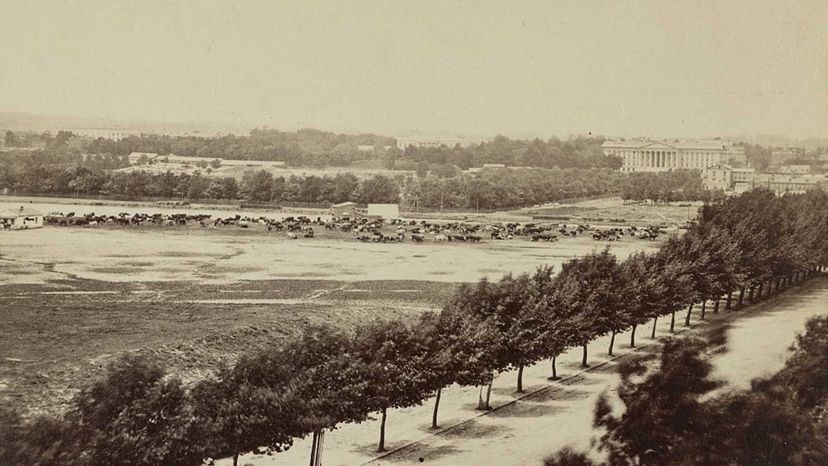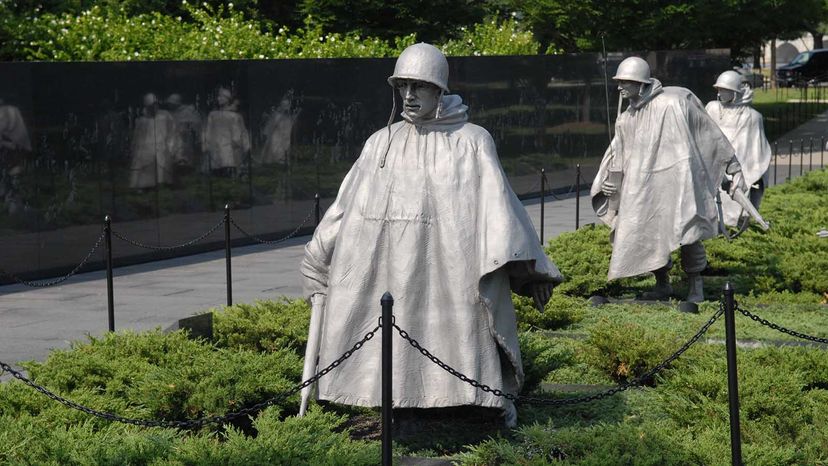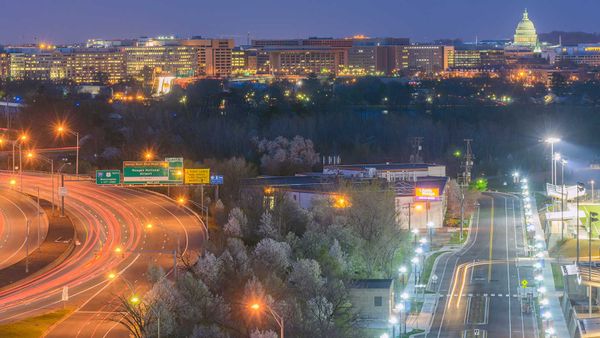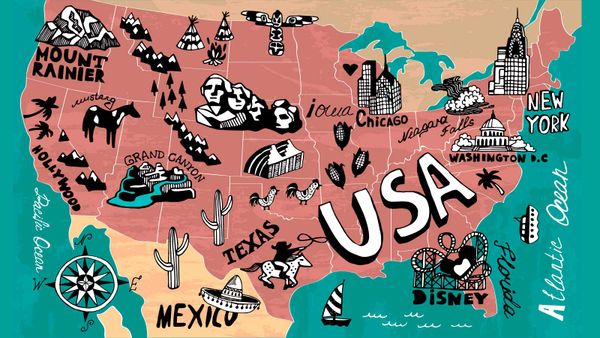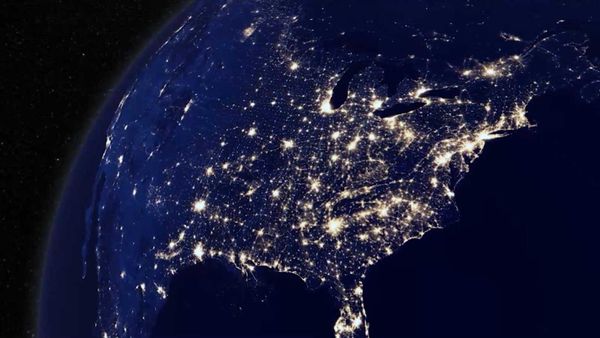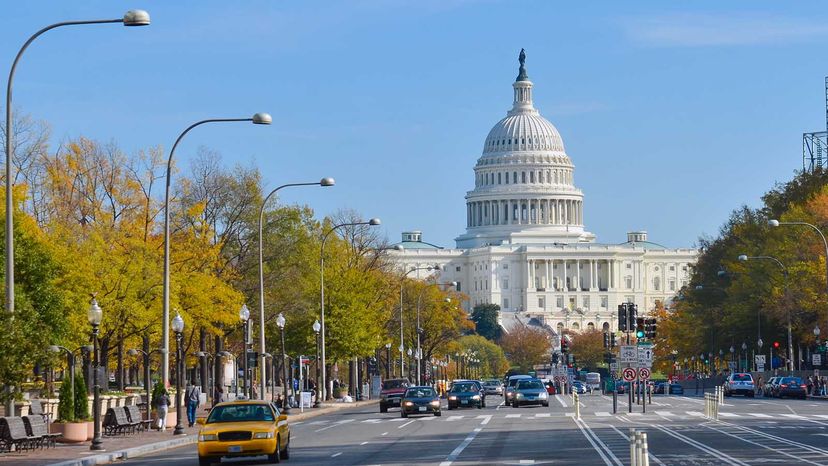
Key Takeaways
- Washington, D.C., is a federal district and not part of any U.S. state.
- The capital city borders Maryland to the north, east and west, and Virginia to the south.
- Residents of Washington, D.C., lack full representation in Congress and do not have the same rights as residents of individual states.
On July 16, 1790, the Constitution of the United States established a territory 10 miles square (100 square miles/259 square kilometers) to serve as the permanent seat of the U.S. federal government and as the nation's capital. President George Washington selected a site along the Potomac River and Anacostia River after both Maryland and Virginia ceded land to create this new federal district.
At the time, the federal government was operating from New York City, but this act — known as the Residence Act — moved the national capital to Philadelphia until December 1800, when the new capital city would be ready. We know this today, of course, as Washington, D.C. But what state is Washington, D.C., in?
Advertisement
